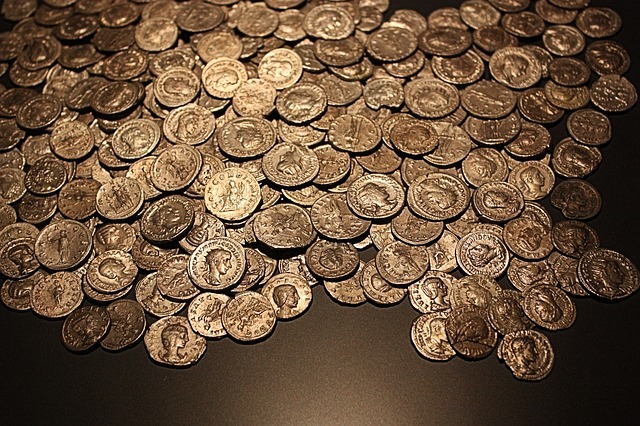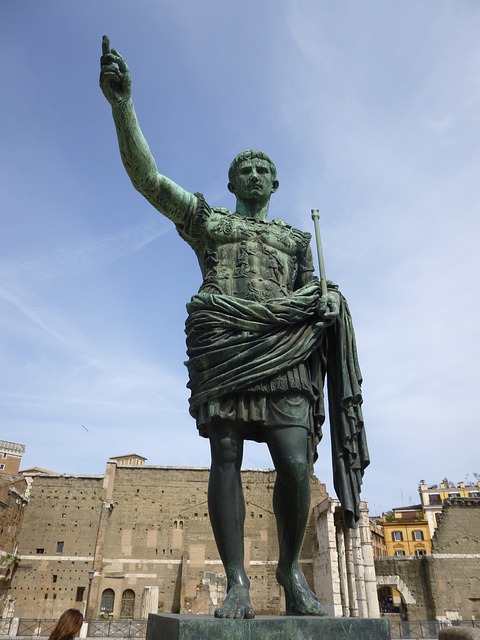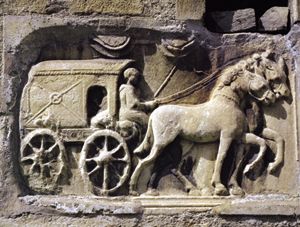Here are ten of the best Roman Empire inventions. The list is quite impressive. Even now, their developments continue to touch our lives and contribute to the world.
1. Cement
When you visit Rome, you’ll see some stunning and impressive ancient structures still standing in some shape or form. The Pantheon, the Colosseum and the Roman Forum are all examples of buildings that were built by the Romans using a form of cement. It’s not the cement we use today, but as an early form it was effective and it was used in many of their structures and developments.
2. The Aqueduct
The Romans didn’t invent the idea of transporting water. There were primitive canals and other water transportation systems in place before Ancient Roman times. However, they harnessed the idea, developed and refined it, and using their engineering skills to build the Aqueduct. This was a really impactful and impressive development since it brought clean water into towns and cities, and it played a role in other developments, like sanitation.
3. Sanitation
The Romans gave us sanitation. Using their aqueducts, they brought clean water into cities and towns, and they kept waste away from clean water, and they also developed sewers to take waste out of the cities. They used the water from the aqueducts to flush the sewers and the drains. In Rome itself, many of the homes in the city were connected to a detailed sewerage structure. Other important locations in the Roman Empire had the same developments. It was a massive step forward for public health.
4. Roads
Romans developed a sophisticated structure of roads and highways. This was a crucial part of managing such a vast Empire. They built 55,000 miles throughout Europe and the Mediterranean. It helped them to move supplies, soldiers and communications around their land efficiently. Romans also introduced signs and markers on their roads.
5. Social care and welfare
Ancient Roman administrations also developed welfare type programs.
They developed laws that provided money to help feed and educate orphans and poorer children from society.

6. Julian Calendar
The Romans developed the Julian calendar, which also had 365 days split into 12 months. It was based on the solar year and named after Julius Caesar who implemented it. Some religious bodies still use it today to calculate holidays.
7. Elements of surgery
The Romans built on the developments the Greeks made in surgery. They developed many new surgical tools and techniques themselves. The Romans also used an early form of antiseptic in surgery – since they acknowledged the need to clean and dip their surgical tools before use. They developed the idea of the caesarean section. They also pioneered battlefield surgery and for them, being prepared to medically help their soldiers was a key part of being battle ready.
8. Elements of the modern legal system
Rome’s legal system formed the basis for many legal systems around the world. They developed the concept of being innocent until proven guilty. They also developed a code called ‘the twelve tables’ that listed punishments for crimes. Terms like ‘pro bono’, ‘subpoena’ and ‘affidavit’ all derive from the Roman legal system.
9. Newspapers / public press
Romans were the first to distribute a form of daily news to citizens. These handwritten sheets of announcements were publicly displayed in Rome. They also covered political developments, military updates and details about major scandals or stories. The Romans published accounts of what happened in the senate and it was Julius Caesar who made sure this information was made public, in the same way the daily news was.

10. Postal service
The size and growth of the Roman Empire made transporting communication necessary. Emperor Augustus developed the first postal and courier service – a state run courier and carriage service that took communication from one official to another across the Roman Empire.

Explore Rome, the heart of the Roman Empire with Gray Line I Love Rome.
There is so much history to experience in Rome. It was the epicenter of the Roman Empire and the home of so many advancements that still influence us today. If you’re inspired to come and see for yourself the remains of Ancient Rome, then hop over to the Gray Line I love Rome website for full details on how we can help you explore our city, and share it’s fascinating story.
For more information, you can also check us out on social media at Facebook, Twitter and Instagram to find out more about the other sights our guests have enjoyed with Gray Line I love Rome.
hi